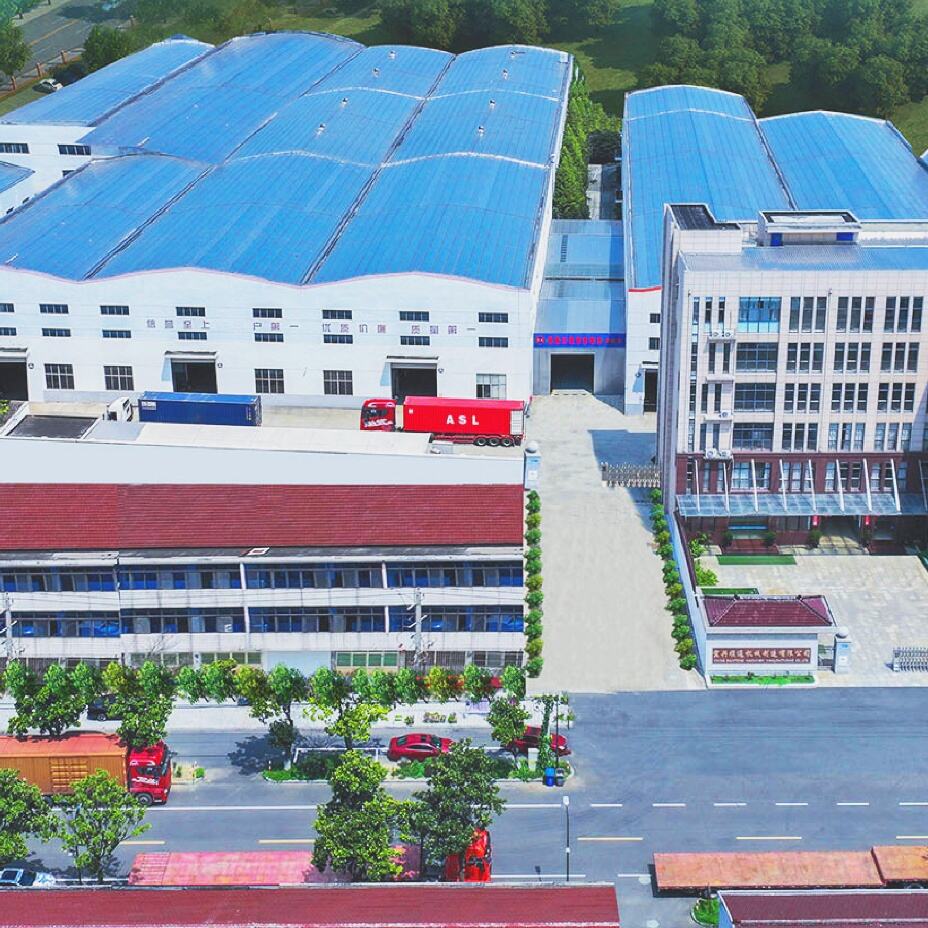Application Areas of Wire Drawing Machine Parts: Supporting Diverse Industrial Wire Processing Needs
Wire drawing machine parts are foundational to traditional manufacturing industries, ensuring reliable production of standard wire products. Core parts like drawing dies (for shaping wire diameter) and tension controllers (for uniform wire strength) are widely used in construction—they enable processing of low-carbon steel wires into reinforcement meshes, pre-stressed strands, and fencing materials, which are essential for high-rises and infrastructure. In the hardware sector, lubrication systems (to reduce friction and wire defects) and pay-off stands (for stable wire feeding) support mass production of nails, bolts, and ordinary fasteners. These parts’ durability and cost-effectiveness make them indispensable for industries that rely on high-volume, standard wire output.
High-tech and green energy sectors depend on specialized wire drawing machine parts to meet precision and sustainability demands. For electric vehicle (EV) manufacturing, micro-drawing dies (for ultra-fine wires) and real-time diameter sensors (to ensure accuracy) produce copper wires for battery tabs and motor windings—critical for EV performance. In electronics, polished diamond dies (for minimal surface defects) create ultra-thin wires for printed circuit boards (PCBs) and microchips. Renewable energy sectors, such as solar and wind power, use high-tensile rollers (to handle thick alloy wires) and energy-efficient drive motors (to reduce carbon footprints) to process wires for solar panel frames and wind turbine cables. These specialized parts directly enable the shift to greener, more advanced technologies.
Niche and heavy-duty industries rely on rugged, industry-specific wire drawing machine parts to meet strict standards. The aerospace sector uses titanium-compatible drawing dies (resistant to high temperatures) and precision guide wheels to produce lightweight, high-strength wires for aircraft control systems and wiring. In medical device manufacturing, corrosion-resistant parts (e.g., stainless steel dies, food-grade lubrication components) ensure production of biocompatible wires for surgical sutures and orthopedic implants. Heavy infrastructure projects, like high-voltage power grids, depend on planetary die assemblies (for thick, high-tensile wires) and wear-resistant bushings to process large-diameter steel wires for transmission towers. These parts’ ability to handle extreme materials and conditions makes them vital for niche, high-value applications.

